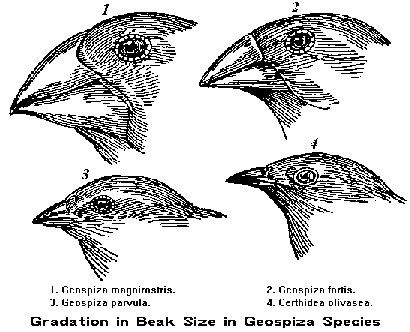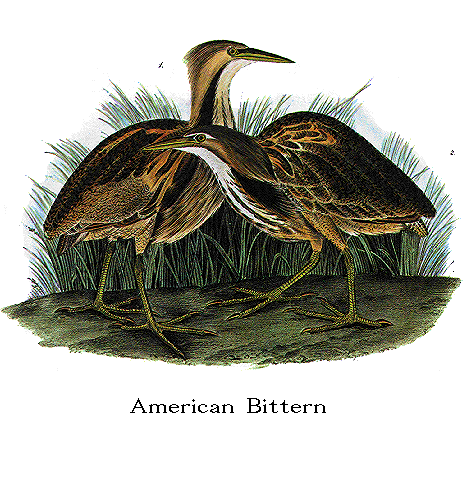Species
Ernst Mayr, The Growth of Biological Thought. Cambridge: Harvard
University Press, 1982.
A. biological characteristics (birds: song, nest, migratory
pattern) & range or reproductive isolation (behavioral or geographical)
B. "a reproductively isolated population." (Mayr, 1982, p.
271)
C. populations + distinctiveness due to reproductive gap +
coexisting
D. both behaviorally (not interbreeding) and ecologically (not fatally competing)
divergent species (Mayr 1982, p. 272)
E. Distinct
forms "which are physiologically incapable of interbreeding." (after Dobzhansky in Mayr 1982, p. 273).
F. "A species is a reproductive community
of populations (reproductively isolated from others) that occupies a specific
niche in nature." (Mayr
1982, p. 273).
"In the
course of time, more and more devices that prevent species from interbreeding were
discovered, for instance differences in breeding or flowering season and
occupation of different
habitats." (Mayr 1982,
pp. 273-74).
Isolating
mechanisms: (after Dobzhansky, 1937)
physiological
geographical (Geospiza)
the bill size of Galapagos finches (David Lack,
1940-1949) is an " adaptation to a species specific food niche...." {Mayr 1982, pp. 274-75}.
 These different sized beaks are what Mayr is referring to as an niche adaptation to specific food sources for these different species found on different islands.
These different sized beaks are what Mayr is referring to as an niche adaptation to specific food sources for these different species found on different islands.
"Indeed,
the major meaning of reproductive isolation is that it provides protection for a
genotype adapted for the utilization of specific niche."
(Mayr 1982, p. 275).
"all organisms
occur in nature as members of populations."
"the biological properties of organisms" include
"physiological, biochemical, and behavioral characters as well as
morphological ones."
(Mayr 1982, pp. 276-77).
"Local
populations had a unity maintained by the interbreeding of the individuals by
which the populations were composed."
p. 286.
http://www.dominantanimal.org/
genes | speciation | diversity | descent
Mayr | Thomas | Wilson | Hardin | Darwin | Margulis | Steingraber | Tattersall | Carr | Keller | Watson
Genetics Index | What makes genetics significant? | History of Genetics | DNA discovery | RNA | Resistance | Visual images

